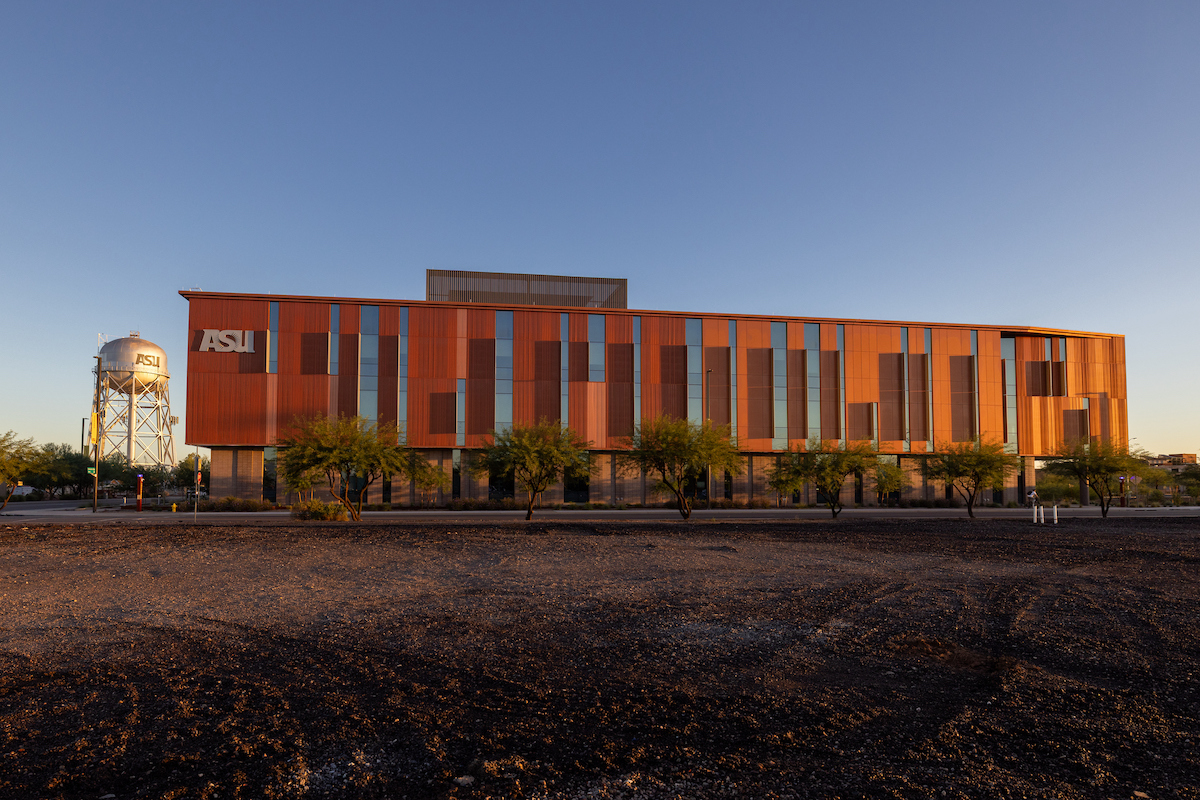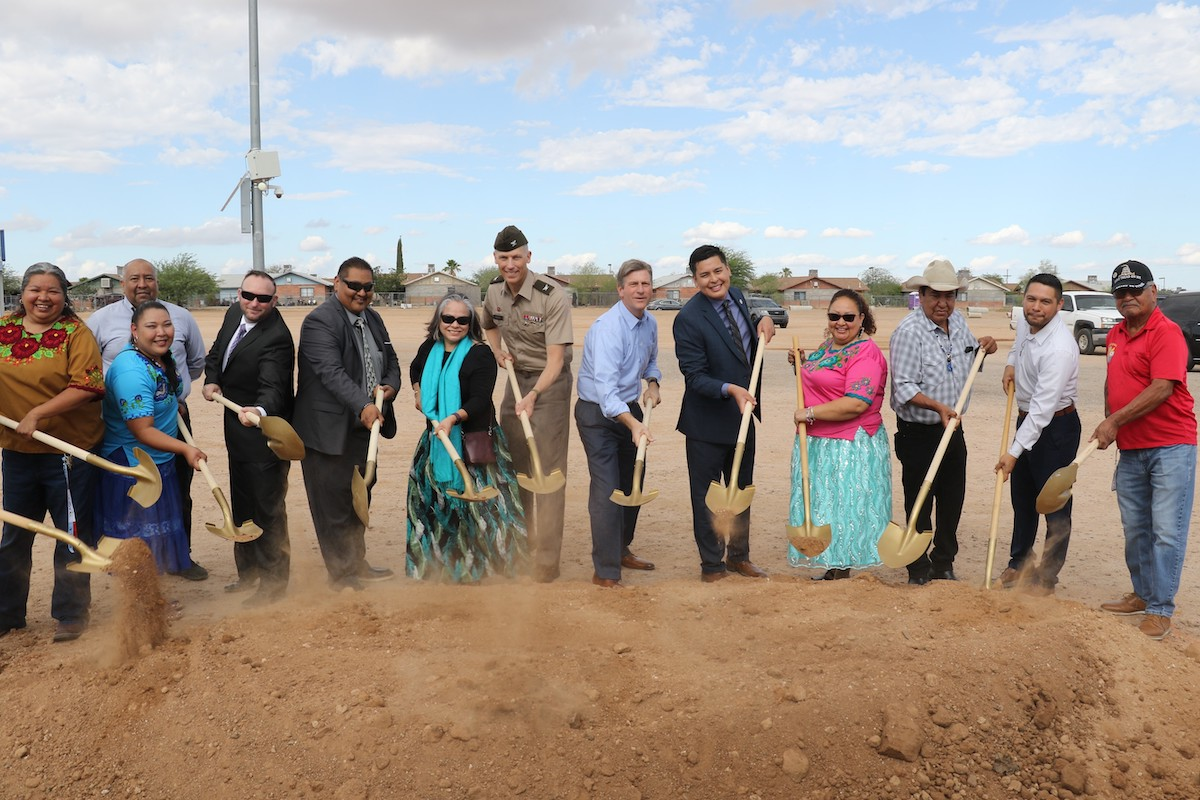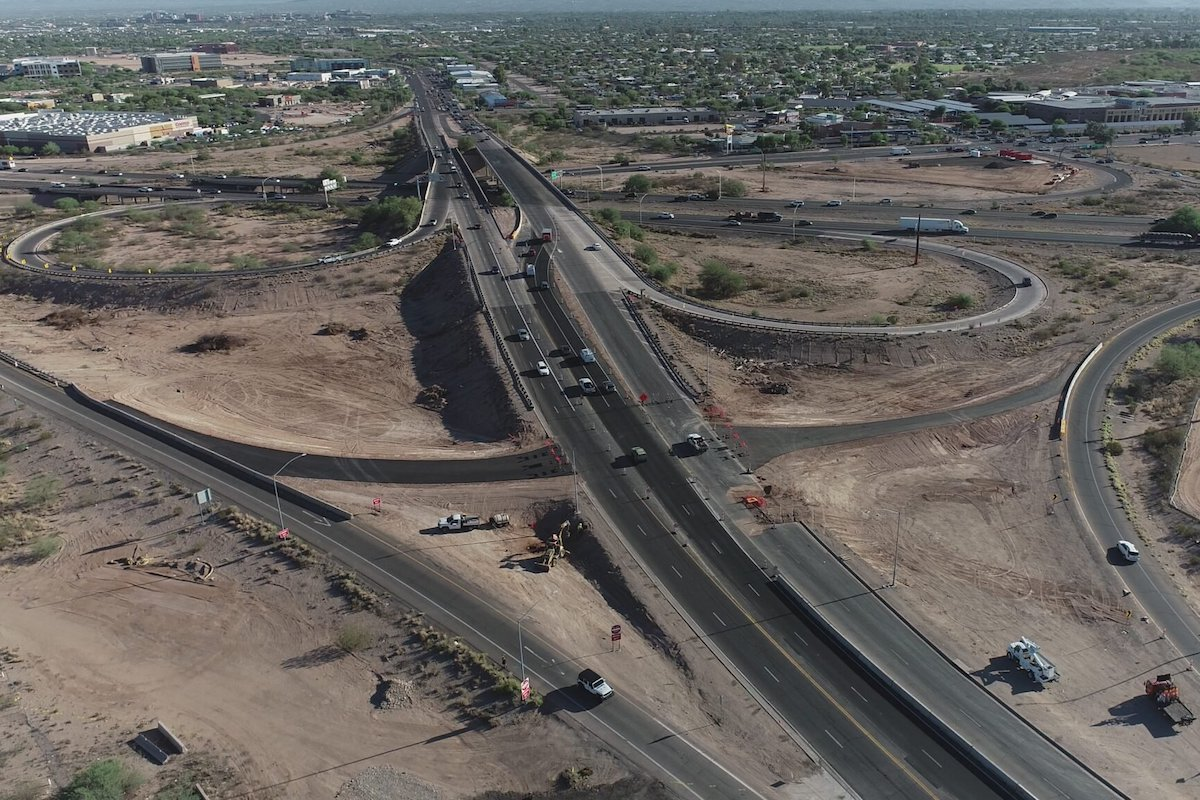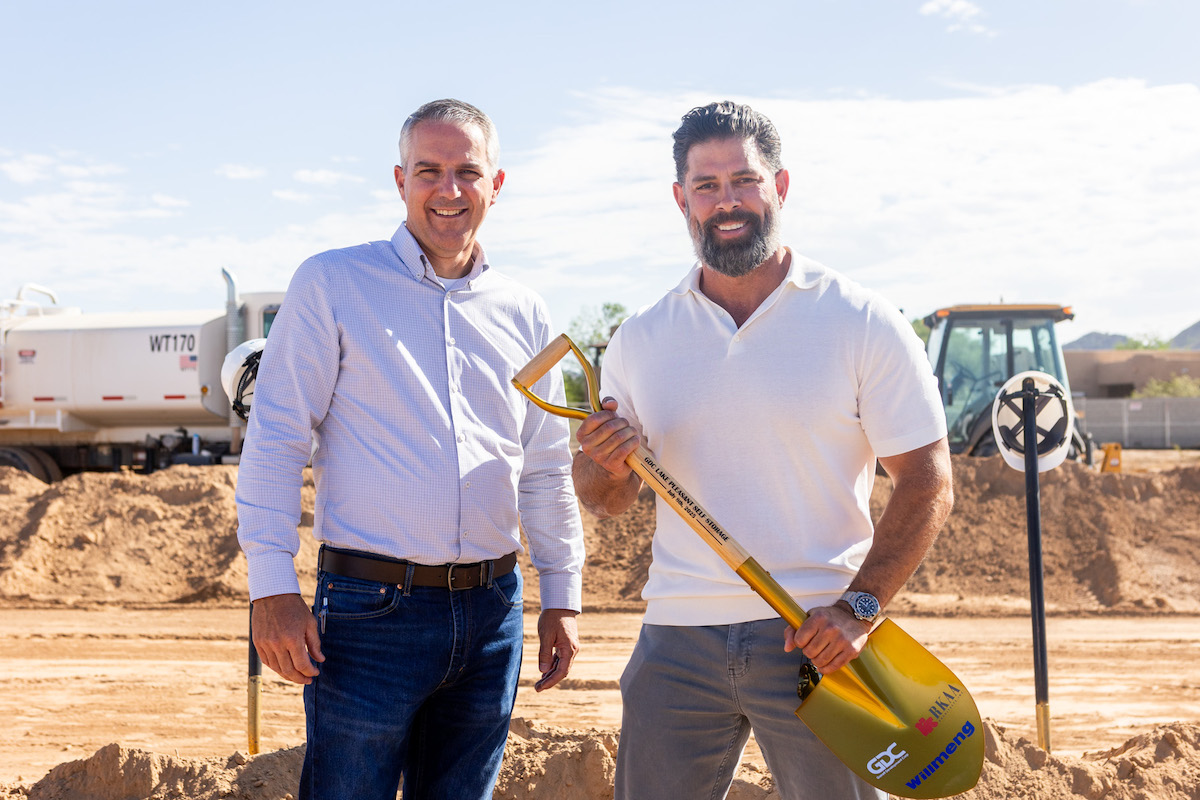Most economies will register sharp rates of contraction in 2020. We estimate that global GDP will shrink 3.7 percent this year, the most severe global downturn since at least 1980. Although we forecast that real GDP growth in most major economies will bounce back significantly in 2021, we readily acknowledge that the economic outlook remains dependent on the evolution of the pandemic in coming months and quarters.
In that regard, COVID-19 cases in the United States have risen significantly over the past few weeks, and some U.S. states and municipalities have tightened restrictions in an effort to slow the spread of the virus. Accordingly, we have downgraded our U.S. GDP forecast for Q1-2021, which a month ago we had projected to be 4 percent, to only 1.2 percent. But we have also upgraded our forecasts for the second and third quarters of next year due to the news that scientists have developed a few vaccines that should help life return to some semblance of “normal” by the middle part of next year. We look for real GDP to grow at a robust rate of 4.5 percent in both 2021 and 2022.
We have not made major changes to our U.S. economic outlook at this time that are based on the outcome of the elections that were held in the United States on November 3. Our pre-election outlook was predicated in part on the assumption that lawmakers would not provide further fiscal support to the economy, and the results of the election have not led us to change that assumption.
The Federal Open Market Committee (FOMC) responded to the shock that the pandemic imparted on the economy by slashing its target range for its main policy rate back to 0.00 percent to 0.25 percent, where it remains today. The FOMC also reinstated its quantitative easing (QE) purchases of Treasury securities and mortgage-backed securities, and it rolled out a plethora of lending programs to stabilize credit markets. Looking forward, we suspect that the FOMC will maintain its current target range for its main policy rate through at least the end of 2022. In addition, the committee may eventually sanction further monetary accommodation if inflation struggles to reach 2 percent or higher on a sustained basis. Although the likelihood of a negative policy rate seems to be rather low at this point, the FOMC could potentially provide further monetary accommodation by concentrating its QE purchases at the long end of the yield curve in an effort to push long-term rates lower or by increasing its QE purchases. If the FOMC errs, it will provide “too much” monetary accommodation rather than too little, in our view.
As noted previously, the economic effects of COVID-19 have reverberated around the world. The Chinese economy, where the pandemic originated around the turn of the year, contracted 10 percent (not annualized) on a sequential basis in Q1-2020. But China has largely been successful in subsequent months in combatting the spread of the virus, and the country has reported negligible numbers of new cases since March. We forecast that real GDP in China will grow 9.6 percent in 2021 following its pandemic-induced slowdown to 2.2 percent this year.

| Your local Volvo Construction Equipment dealer |
|---|
| Faris Machinery |
Real GDP in the Eurozone plunged roughly 12% (not annualized) in the second quarter as most governments in the euro area locked down their economies to slow the spread of the virus. Although economic activity rebounded sharply in the third quarter as case counts receded over the summer, the reimposition of restrictions by most European governments that followed a renewed surge in COVID-19 cases means that GDP growth in the Eurozone likely will turn negative again in Q4-2020. We forecast that real GDP in the euro area will fall 7.4 percent this year before growing 3.6 percent in 2021.
The pandemic has accelerated trends that were under way in commercial real estate (CRE). Construction of retail establishments has been under pressure over the past few years as more retail spending moves online. But, the boom in online sales in recent years has helped to push construction of warehouse space to all-time highs. These trends likely will continue for some time. Similarly, industries that are dependent on travel (e.g., airlines, hotels, convention centers, etc.) have been disproportionately affected by the pandemic, and activity in those sectors likely will continue to struggle until vaccines are widely deployed and life returns to “normal” again.
Although every state in the country has been adversely affected by the pandemic, several are lagging behind. New York and California have been cautious in their re-opening efforts, and hiring has been slow to regain momentum. The collapse in travel has devastated the Nevada and Hawaii economies, not to mention a myriad of local economies such as Orlando and New Orleans, which also are driven by tourism spending. Energy-driven areas such as North Dakota, West Texas, and Alaska have been severely tested by lower oil prices and disarray in the energy industry.
Center city areas have been particularly affected. The near extinction of daily office commuters has deprived downtown restaurants, bars, coffee shops, hotels, gyms, dry-cleaners, barber shops, doctors, dentists, and drug stores from a vital source of revenue, and many have permanently closed. Cities with expansive downtown areas, such as New York City, Los Angeles, and Miami, have felt the repercussions even more acutely as a result. The eventual return of office workers, business travelers, and tourists should help these hard-hit areas bounce back, but it may be some while until life returns to “normal.”
The divergence in economic performance across countries has also been marked. China, and Asia more broadly, experienced the economic shock of the pandemic first. But those countries also have been largely successful in combatting the spread of the virus in recent months, and the economic outlook in those economies is reasonably solid. Economic activity in the Eurozone and the United Kingdom is likely to relapse in the near term, and growth in the U.S. economy also appears to be downshifting markedly. Many developing economies experienced steep declines in economic activity earlier this year, and COVID-19 cases in many of these economies remain elevated, which will dampen near-term economic prospects. For other countries beset by weaker fundamentals or political uncertainties – such as Turkey, South Africa and Brazil – the recovery phase will likely be more challenging.
In sum, the COVID-19 pandemic has been the economic equivalent of a magnitude 9 earthquake on the global economy in 2020. Just as the aftershocks of a major earthquake usually are not as devastating as the initial event, the shocks that are being imparted by the pandemic do not appear to be as economically catastrophic as the initial shock. Still, the economic outlook remains very dependent on the evolution of the pandemic in the coming months, and different sectors and economies will continue to feel its effects in varying degrees for quite some time.
The longest U.S. expansion came to an abrupt halt in March as the novel coronavirus swept across the country. While the economic recovery is under way, the effects of the COVID-19 pandemic will continue to reverberate across the U.S. economy in 2021. Recent news reinforces our assumption that vaccinations will be widely available in the second half of 2021, which should help life and business return to some semblance of “normal.” Yet the pandemic’s effects on spending, the labor market and monetary policy are unlikely to fully dissipate. We project the recovery, measured by the level of real GDP, will be complete in the third quarter of 2021, but the economy will still be smaller than it would have been in the absence of the pandemic. Furthermore, not all businesses or households will be back to where they were at the end of 2019.

| Your local Bobcat dealer |
|---|
| Romco Equipment Co |
| Faris Machinery |
| Ditch Witch West |
The upcoming year looks set to start off on tenuous footing. Growth is slowing as we head into 2021 amid a resurgence in COVID-19 cases, increased restrictions in some localities and tougher base comparisons after initial re-openings this summer. No additional fiscal support appears immediately on the horizon, and any deal that does pass is likely to be significantly smaller than the $2 trillion CARES Act. Monetary policy may provide additional support, but the potency of the tools currently at the Fed’s disposal are weaker today than the tools the central bank was able to draw on back in March. While about two-thirds of the economy’s lost output has been recovered, reclaiming the remaining ground will be slower going and less V-like. Real GDP growth is likely to sputter during the early part of 2021 before taking off when widespread vaccination greatly reduces the need to social distance.
Despite the rocky starting point, however, the U.S. economy should continue to heal over the course of 2021. An untenable surge in COVID-19 cases continues to be a major downside risk to our outlook, but the relationship between virus cases and the economy has weakened since the onset of the pandemic. Businesses, households, and the public sector are adapting activity as more information about the spread and treatment of COVID-19 comes to light. Households appear to have a higher risk tolerance of possibly contracting the virus and general fatigue over mitigation efforts. Restrictions on activity to curtail cases are also more targeted and are expected to inflict less damage on the economy than the blanket stay-at-home orders and business closings of last spring. Furthermore, additional fiscal stimulus could counter the negative economic effects of another surge in COVID-19. On balance, economic activity is likely to remain depressed in the early part of the year, but we believe the prospect for continued growth is greater than the chance of a double-dip recession.
Few areas of the economy have felt the seismic effects of the COVID-19 crisis as directly as real estate. The need to socially distance has wreaked havoc on office buildings, retail stores, hotels and other types of commercial real estate where close-contact engagement is intrinsic to the property’s value proposition. The reverberations so far, however, have not been universally negative. The new-found aversion to public spaces and more time at home has broadened the appeal of online shopping, which has reinforced already strong demand for warehouses and distribution centers, making the industrial market one of the most resilient sectors of the economy in 2020.
Moreover, the experience over the past several months has left those who preferred the vibrancy of city living yearning for greener pastures. There now appears to be an exodus of urban renters moving to the suburbs or beyond for single-family homes, a trend that has surely been supported by record-low mortgage rates and the desire for more space to accommodate home offices, home gyms, and virtual learning. The need for more livable space has translated to rising apartment vacancies and soaring home sales, which has cascaded into record high builder confidence and a rapid increase in new single-family construction.
There are several reasons why we believe housing’s momentum will extend well into 2021. Even as Treasury yields have ticked higher following brighter economic growth prospects on the back of positive vaccine news, mortgage rates are likely to remain low compared to historical averages. Furthermore, the recent strength has fundamental underpinnings, which will make the COVID- induced race for space more than just a fleeting trend. Through all of the turbulence of 2020, it is easy to forget that there is a wave of millennials who are now reaching an age when family-forming and home buying tend to occur. More broadly, the pandemic appears to have sparked a nesting instinct, which has prompted a shift toward homeownership across most age cohorts. Together, these factors should bolster buyer demand for years to come.
That is not to say that the road ahead is completely clear of hazards. For one, some of the structural trends, which predate the pandemic, are likely to remain in place, namely a lingering shortfall of affordable homes for sale. Regulatory controls make it difficult to build affordable housing in many parts of the country, so constraints on new supply will likely persist. Inventories of homes for resale also remain near historic lows, which has helped reignite home price appreciation as buyer demand has heated up. Currently, home prices are now back to rising much faster than income growth, meaning affordability issues will remain a limitation.

| Your local Trimble Construction Division dealer |
|---|
| SITECH Northwest |
| SITECH Rocky Mountain |
| SITECH Southwest |
Still, the lack of supply and robust buyer demand sets the stage for new home construction to continue to climb higher in 2021. One of the more lasting residual effects of the pandemic likely will be an increased preference for less dense markets to abide by social distancing and more useable square footage to accommodate virtual activities. For those reasons, we expect single-family development to remain strongest in the land-abundant South and more affordable parts of the West. Along those same lines, new home construction tends to follow population growth. Thus, new construction should continue to be concentrated in high-growth metros such as Dallas, Austin, Phoenix, Tampa, and Charlotte, which have seen an accelerated influx of residents from higher cost major metro areas in the Northeast and along the West Coast.
By contrast, multifamily construction appears set to downshift somewhat. A more subdued pace of development makes sense, given the apartment market continues to work through a number of substantial headwinds. In response to the exodus of remote workers fleeing to the suburbs, landlords in many of the largest apartment markets have been slashing rents and offering generous concessions and lease adjustments. The trend is most evident in the relatively high-cost markets of San Francisco, New York City, and Los Angeles. Broadly speaking, rents appear to be falling fastest in central business districts (CBDs), while suburban property rents have been more buoyant.
Compounding the issue is that rental demand has been slow to return amid generally weak labor market conditions. Many large service-sector employers, who have thus far been absorbing the negative COVID-19 economic impacts, have announced plans to reduce headcounts. The supply side looks equally as concerning. Even though multifamily development may move to a lower gear in 2021, there is still a deluge of under- construction apartment units that will be delivered next year. Although overall rental demand should hold up relatively well, the mix likely will change because more demand appears to be shifting to the suburbs. Most multifamily development has occurred in urban areas in recent years, which means that apartment vacancies in those areas likely will continue to rise with rents maintaining a downward trajectory over the short term.
Similarly, it may be some time until commercial property fundamentals return to pre-pandemic levels. Across all major property types, vacancy rates have turned higher and rent growth has either slowed to a crawl or declined outright. Likewise, property price appreciation has flat-lined, and cap rates have shown signs of pressing higher. This has occurred even as the number of commercial real estate sales has plummeted alongside a growing distance between buyers’ and sellers’ perceptions of property values.
With a vaccine in sight, the office market should begin to see some improvement in 2021. Currently, the surprising success of work-from-home (WFH) policies has led many businesses to reassess their longer-term space needs. The prospect of lower occupancy costs amid mounting financial pressures has made paring back their office footprints even more enticing. Still, we remain of the belief that the office will continue as the predominant workspace for office-using industries in a post-COVID-19environment. Office space plays a key role in fostering collaboration, innovation, culture, and productivity – all of which are essential to maintaining a comparative advantage over competitors. Despite all of the recent turmoil, many office tenants appear to still be paying rent and holding on to leases.

| Your local Gomaco dealer |
|---|
| Tri-State Truck & Equipment Inc |
| Faris Machinery |
Workers have also started to trickle back into the office, although occupancy remains at only a fraction of its pre-COVID-19levels. Some of the large marquee tech firms who made headlines by offering employees permanent WFH options, even appear to be leasing new space.
While we see a return to the office as imminent once vaccines are widely available, there is also the question of how much space businesses even need once the pandemic is fully contained. The experience of the past few months has revealed that there are merits to having a certain mix of employees work remotely. Transitioning to a hybrid workforce, where some workers remain remote and still periodically meet in the office, might reduce occupancy costs without a significant drop off in productivity. Even under this model, firms may need to maintain their current footprint to abide by social distancing requirements, which are likely to remain in place well after the pandemic has ended. Putting this all together, demand for office space should begin to improve next year as employers bring more of their workforce back and space needs are more certain. Encouragingly, office development has been mostly restrained for the past decade, which puts many office markets in a favorable position once a recovery gains steam.
The widening split between retail and industrial property performance was another prominent theme during 2020. The reason for the divergence is clear. Online retail sales have surged since the spring, which has made industrial buildings such as warehouses and distribution centers even more vital. Considering that the high cost of social interactions has forced many to discover the benefits of online shopping more quickly than they otherwise would have, we expect this higher share of e-commerce sales to be long lasting, which should bolster the need for industrial properties well into the future.
Unfortunately, the sharp upturn in online sales and surging demand for industrial buildings has come at the expense of retail stores. The demise of traditional brick-and-mortar retail is well documented, and the decline has only been hastened by social distancing and an aversion to spending meaningful time undertaking in-store shopping. Retail vacancy rates have recently risen to 5 percent, the highest since 2016. Considering that large numbers of retailers were struggling even before the pandemic, it may be some time until the retail market as a whole fully right-sizes.
We continue to emphasize, however, that not every segment of retail is in dire straits. Retailers that offer curbside service and provide products that augment or enhance home living spaces – including furniture, appliance and home electronics – have generally outperformed. Building material stores and big-box stores with robust e-commerce platforms are holding up well and appear poised for stronger growth in the years ahead as more time is spent at home. The same goes for grocery stores and pharmacies, especially those providing online- ordering, delivery, drive thru and pick-up services. Town- center properties, which are mostly outdoor and walkable, also stand to benefit in a world of social distancing and preference for open-air activities. A vaccine will clearly help bring back all forms of in-store shopping, but many of these COVID-related trends that have emerged this year will likely prove to be durable.
With 2020 coming to a close, many are likely wondering how prevalent these trends will be in 2021 and beyond. Of course, the path forward is still highly dependent on the trajectory of the pandemic itself, even with a vaccine. That said, the housing market was gathering momentum in the months leading into the pandemic, and the quick bounce back in activity only reinforces our belief that home sales, single-family construction and home improvement spending will continue to be a bright spot in the years ahead. After what we suspect will be a 5.1 percent gain in 2020, we expect residential investment to rise an even stronger 12.5 percent in 2021.

| Your local Volvo Construction Equipment dealer |
|---|
| Faris Machinery |
Conversely, nonresidential spending appears set to weaken next year. The collapse in global energy demand has brought oil prices markedly lower, which has wreaked havoc on virtually every facet of the energy industry, leading to deep cutbacks in production, drilling activity and pipeline construction. More recently, brighter prospects for stronger energy demand next year has allowed oil prices to stabilize around the $40/barrel (WTI) mark. With firmer prices, the oil and gas rig count, which fell to the lowest on record in August, has slowly begun to climb higher, meaning energy-related structures investment should improve further in 2021.
But, that likely will not be enough to lift overall nonresidential structures spending. Lingering uncertainties with regard to demand for real estate has led many new commercial and institutional projects to be postponed or canceled. Nonresidential building starts were down 24 percent through October, according to Dodge Data & Analytics. With a previously robust pipeline of new work now thinned out, the drop-off in new starts means the weakness in nonresidential structures spending will extend well into next year. Overall, we anticipate nonresidential structures investment to decline 4.5 percent in 2021.



































































